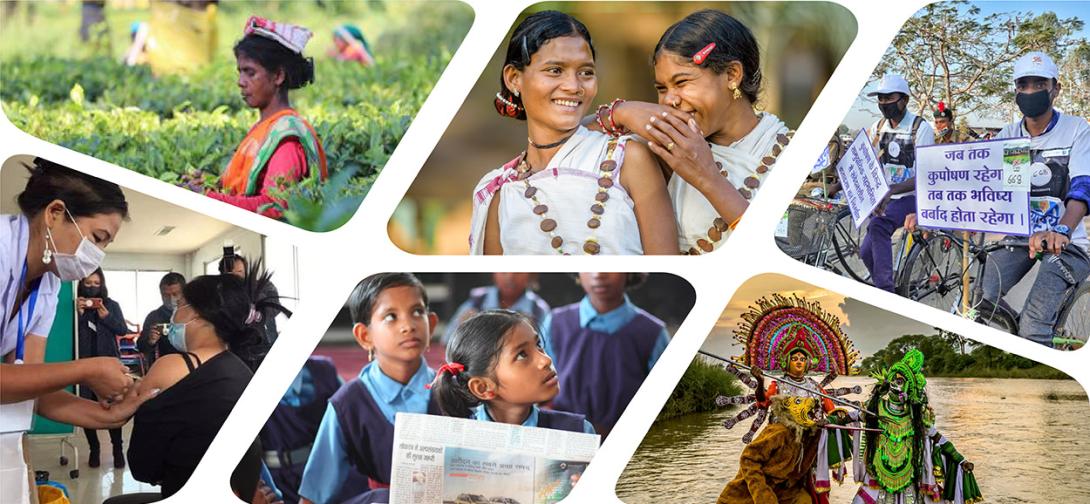Telemedicine: A Blessing in Disguise
At this hour of Coronavirus Disease 2019 (COVID-19) chaos and unease, social distancing is one of the primary measures taken by nations to combat the COVID-19 pandemic.
World Health Organization (WHO) has also recognised telemedicine[1] as an essential step in strengthening Health System Response to COVID-19. WHO also recommended, telemedicine as one of the alternative models to boost clinical performance and support decisions in the context of optimising service delivery.
In India, there are a lot of imbalances and bottlenecks in terms of healthcare infrastructure, which include uneven quality and access to health services.
Healthcare professionals who are in the frontline response to the COVID-19 pandemic are at the highest risk of infection. Hence, adopting telemedicine can help minimise this risk by reducing the number of personal interactions.
Telemedicine offers the possibility of increasing the supply of doctors and help overcome geographic restrictions, and hence the efficiency of healthcare systems can be maximised by utilizing the potential of the quarantined doctors for virtual care.
With the arrival of the COVID-19 pandemic, telemedicine has finally gained momentum. Telemedicine providers reported an overnight increase in demand[2], acceptance among doctors, paramedics, and consumers. However, the primary focus of telemedicine in the early days of the public health coronavirus crisis was to screen COVID-19 patients who could be treated at home.
Flattening the demand curve
Telemedicine can have a direct impact on flattening the demand curve for health systems across the country, slowing its spread and transmission over an extended period. Almost all telemedicine providers have experienced a demand tsunami that can best be described as a global pilot in a real-time situation.
Some of the COVID-19 telemedicine patient use cases include self-isolated/quarantined patients at remote locations (self-monitoring and remote monitoring), patients with mild cases (remote monitoring and treatment), post-discharge patients (for follow-ups).
Health workers, paramedics, and doctors with mild symptoms can continue to work with patients, retired clinicians, give second opinion for severe cases, cross-border experience sharing, teleradiology, and online training for health workers remotely. Telemedicine can be also be used as an instrument to support the mental health of patients and health workers.
The COVID-19 pandemic is a challenging test for all the present solutions to prove their reliability, scalability, and agility under the new circumstances. The ability to repopulate, update, and upgrade the database of patients, paramedics, and patients as soon as possible is also one of the major challenges.
With so many new users onboard, telemedicine solutions need to be extremely easy to use and operate and should be able to work cross-platforms and devices
Telemedicine solutions should provide comprehensive and valuable insights. The dashboards should be able to be mapped and integrated into the existing electronic calendars, which could be extremely useful in managing timesheets of doctors and patients to optimise the human resources and medical infrastructure.
There is no question tagging COVID-19 as an overwhelming burden to our healthcare systems. "We have reached a point where supply will no longer match existing demand," says Dr. Naveen Moorthy. However, he stressed that not all regions of the country would be affected equally at the same time.
"One of the beauties of telemedicine is that we can use it to balance the supply and demand. We can virtually deploy doctors even on the remotest corner of the country and, at the same time, surveil and treat the patients at their home," says Dr. Moorthy.
Given the increasing wave of cyber-attacks, data security should also be on priority. Some countries, including the United States, have announced new telemedicine regulations[3]. Other countries will make their decision in the coming weeks to include telemedicine as a Standard Operating procedure (SOP) for the prevention and treatment of COVID-19. We'll continue to see more examples of the use and integration of telemedicine solutions with other technologies.
Hence, there is no doubt that it's already high time to recognize telemedicine as a mandatory technology for responding to the current pandemic.
*R. Ramanan is Mission Director, Naman Agarwal is Innovation Lead and Himanshu Agarwal is a Young Professional, AIM. Views expressed are personal.
[1] World Health Organization, Strengthening the Health Systems Response to COVID-19, accessed 09th April 2020, <http://www.euro.who.int/__data/assets/pdf_file/0007/436354/strengthening-health-systems-response-COVID-19-technical-guidance-1.pdf>
[2] Economic Times, Indian healthcare companies see big boost with govt move on telemedicine, accessed 09th April 2020, <https://economictimes.indiatimes.com/small-biz/startups/newsbuzz/indian-healthcare-companies-see-big-boost-with-govt-move-on-telemedicine/articleshow/74885564.cms?from=mdr>
[3] STAT, Trump lifts restrictions on telehealth services for seniors in hopes of limiting coronavirus spread, accessed 09th April 2020, <https://www.statnews.com/2020/03/17/trump-telehealth-restrictions/>
 National Portal Of India
National Portal Of India 


